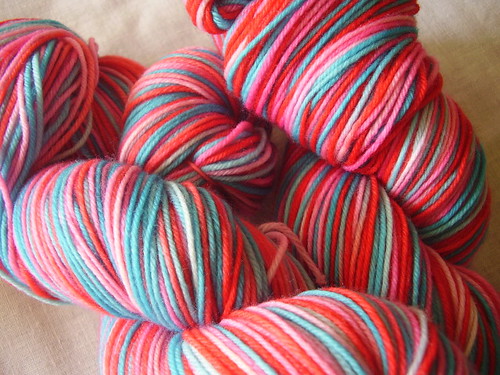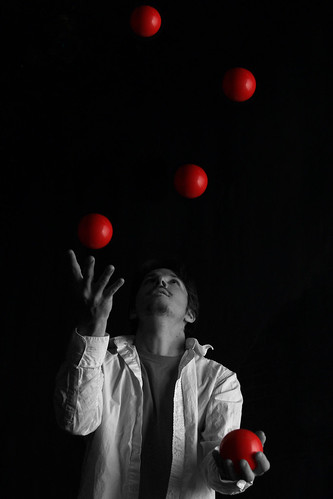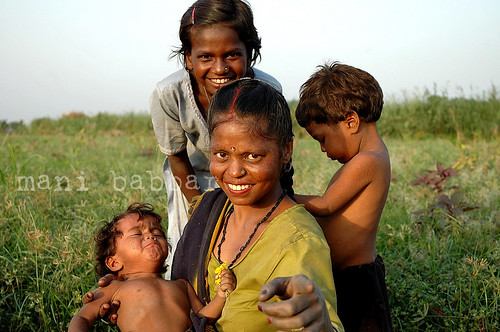Tales of the Unexpected: On Networks, Utopias and Memory (#EDCMOOC, #ETMOOC(
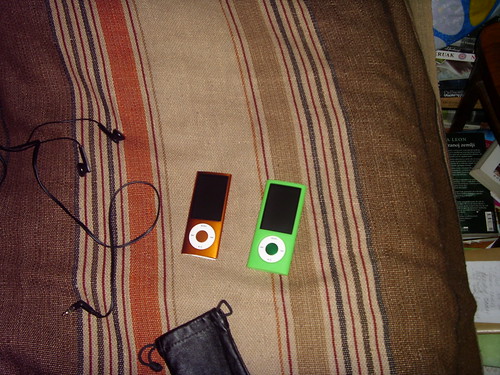
Last week was a very interesting week in my workshops and MOOCs. Very interesting and full of unexpected twists and turns.
I have personally provided a new twist for you, dear reader, by joining #ETMOOC.
You might be wondering exactly how many MOOCs I am attending now. Sorry, but I won't tell you. Or, rather, can't. I am not sure. A few. More than two, less than twenty. So, there's still room for more MOOCs.
Let me just say that I now feel like a full-time student.
If you are an ETMOOCer and are here for the first time, here's something about me:
Meanwhile, elsewhere (and in no particular order):
Last week in Neuroscience we studied memory. I found this clip useful:
The way Dr Antonio Damasio describes memory reminds me of an orchestra playing in a concert. First there is a single clarinet. Then, the string instruments join in. After them, more and more instruments join until finally the whole orchestra is participating. It follows that, as teachers, we need to add more and more "instruments" when we are reviewing, so that the students can hear the same "melody" several times in different ways.
In Multiliteracies we did networking, which made me reread this two-year old post of mine on the same topic. Nothing has changed much, except that now I am moving in even wider circles that before. Two years ago my network consisted mostly of EFL teachers, but now there are other educators, poets, poetry lovers, various other people who like to sign up for MOOCs... The ties are looser as I get to know more and more people, but I still believe that real friendships can form between people who have only met online. Don't you?
Meanwhile in Mentoring we read this very intriguing text about what really happens when our learners leave our protected classroom environments and enter the real world of L1 speakers. What roles do they play? And do those roles give them enough opportunity to practice speaking? And if they don't, then how are they ever going to sound anything like a L1 speaker. It is a Catch 22 situation.
Meanwhile in EDC Mooc on Coursera... Honestly, I am beginning to lose myself in these MOOC names. EDC stands for E-learning and digital cultures. Anyway, in EDC MOOC we looked to the past digital cultures. Rather, we looked at ways in which this past is viewed - as a utopia, or as a dystopia. Our homework, among other thing includes creating images that somehow describe the topic.
I am a utopian, but I still created this image as my homework:
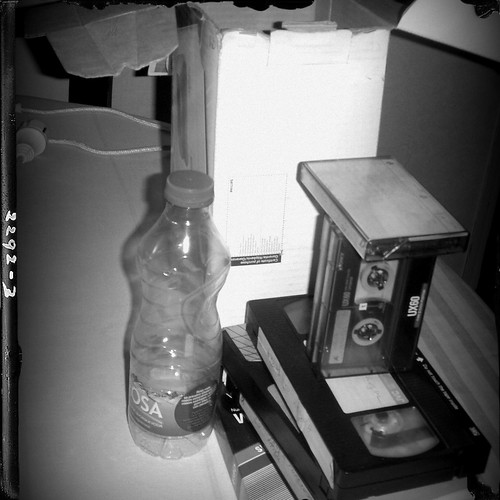
I love EDC. Our instructors are very creative and they have collected for us a most amazing curriculum consisting of YouTube clips, among other things. Here's one clip that could be called utopian, I suppose:
Notice that the red bags are only the medium. What matters are the real people that the red bags have connected.
As this was Week 1 in EDC, the professors provided this amazing Google doc. And in this post Jeremy Knocks, who is one of our professors, asks a very important question - should MOOCs focus on the process or on the content?
This wouldn't be a tale of the unexpected if it didn't come with a twist. You see, one of my MOOCs died a sudden and unexpected death. You can read more about this here.
I am in no position to judge. Let me just say that I did enjoy the course while it lasted. I loved the readings and I had no problem signing up for groups (in fact, I succeeded in doing so twice). I wouldn't even mention this if it hadn't given rise to a most amazing new MOOC - consisting of the "refugees" from the course. There are two Facebook groups (one for EFL teachers only) and the beginning of a course on Canvas. It is early days and I have no idea how this course will turn out. However, there are people in the group who know a lot about instructional design, so we'll see.
If you are still here, congratulations. This was a monster of a post. Next time, however, I promise something completely different. Next time there'll be digital stories...

